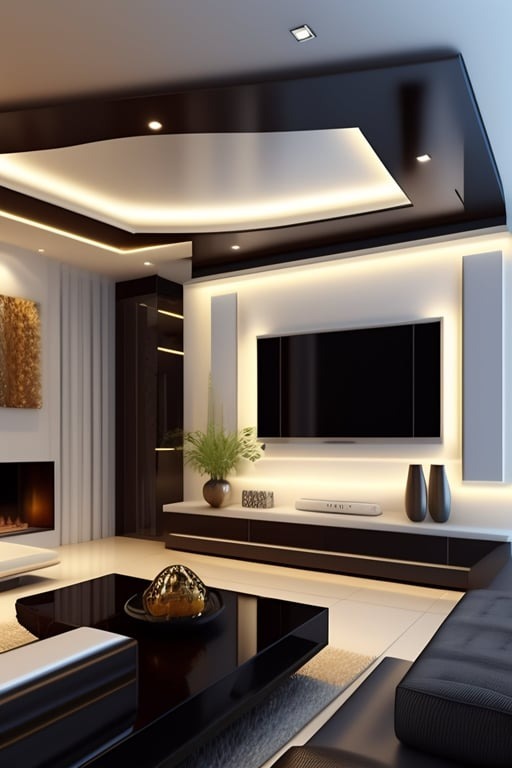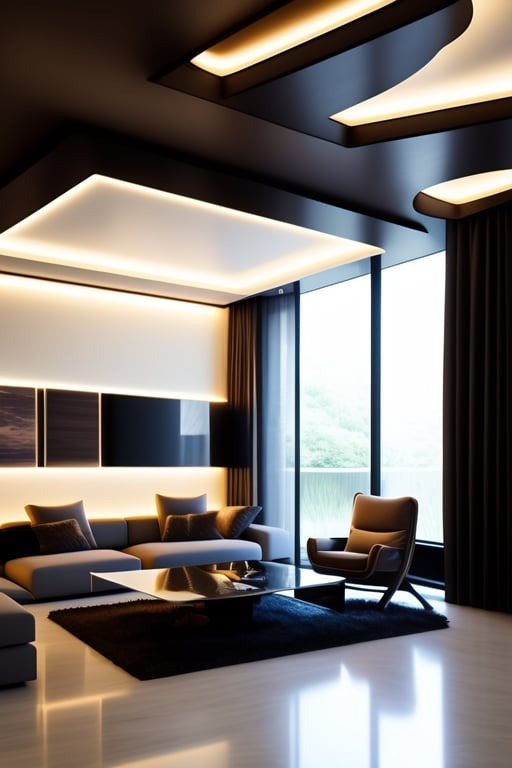When it comes to interior design and architecture, ceilings play a crucial role in defining the overall aesthetic and functionality of a space. One common type of ceiling that has stood the test of time is the conventional ceiling. In this article, we will delve into what a conventional ceiling is and explore its characteristics, benefits, and applications.
A conventional ceiling, also known as a standard ceiling or flat ceiling, refers to the traditional, simple design that is found in most homes and buildings. It is typically a flat, horizontal surface that covers the uppermost part of a room and is parallel to the floor. These ceilings are popular for their simplicity and versatility, making them suitable for a wide range of architectural styles and interior designs.
Characteristics of a Conventional Ceiling:
- Flat Surface: The most prominent characteristic of a conventional ceiling is its flat, even surface, providing a clean and seamless appearance.
- Height: Conventional ceilings are usually set at a standard height, typically ranging from 8 to 10 feet in residential settings. However, commercial buildings might have higher ceilings for various functional and aesthetic purposes.
- Easy Installation: These ceilings are relatively straightforward to install, making them cost-effective and practical for construction projects.
- Lighting and Fixtures: Conventional ceilings offer ample space to install lighting fixtures, ceiling fans, and other accessories that can enhance the functionality and ambiance of the room.
Benefits of Conventional Ceilings:
- Timeless Appeal: The simplicity and clean lines of conventional ceilings contribute to their timeless appeal, ensuring they remain relevant and aesthetically pleasing for years to come.
- Cost-Effective: Compared to more elaborate ceiling designs, conventional ceilings are generally more budget-friendly, making them an attractive option for homeowners and builders on a tight budget.
- Versatility: Due to their basic design, conventional ceilings complement a wide variety of interior styles, from traditional to modern, making them a versatile choice for different spaces.
- Easy Maintenance: Cleaning and maintaining a flat ceiling are relatively easy compared to intricate designs that might have hard-to-reach nooks and crevices.
Applications of Conventional Ceilings:
- Residential Spaces: Conventional ceilings are widely used in residential homes, as they create a sense of openness and can visually expand the room’s dimensions.
- Commercial Buildings: Many commercial spaces, such as offices, retail stores, and restaurants, opt for conventional ceilings because of their simplicity and adaptability to various design themes.
- Institutional Buildings: Schools, hospitals, and other institutional buildings often feature conventional ceilings due to their practicality and cost-effectiveness.
In conclusion, a conventional ceiling is a timeless and versatile choice for both residential and commercial spaces. Its clean, flat surface and ease of installation make it a popular option among homeowners and architects alike. Whether you’re aiming for a classic or contemporary look, the conventional ceiling continues to be an essential element in interior design, enhancing the beauty and functionality of any room.





